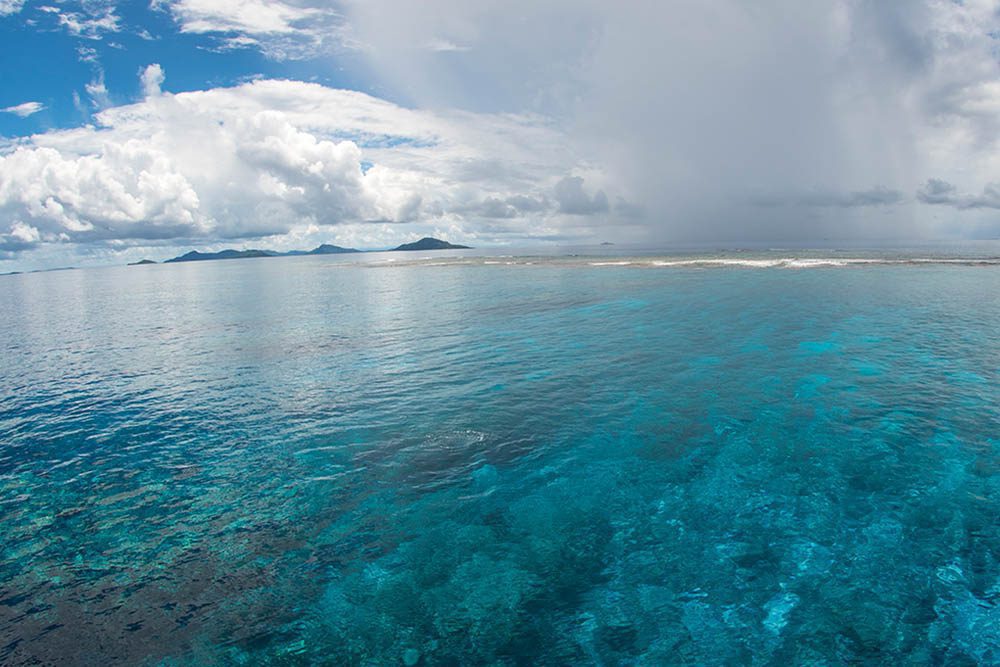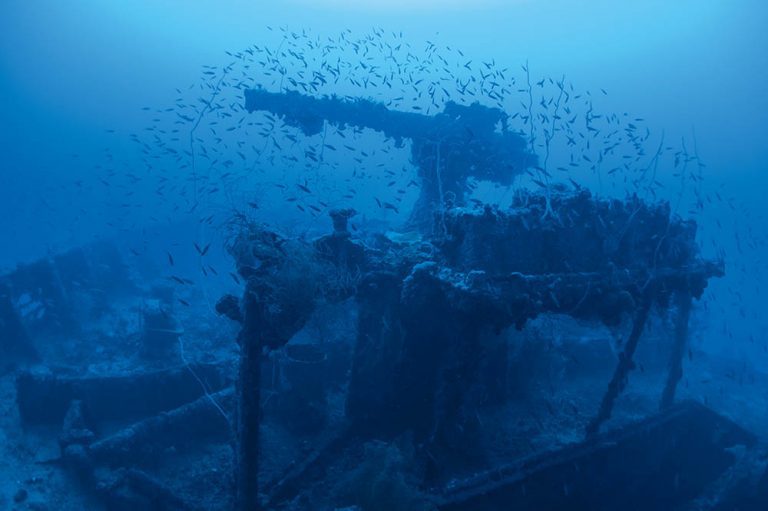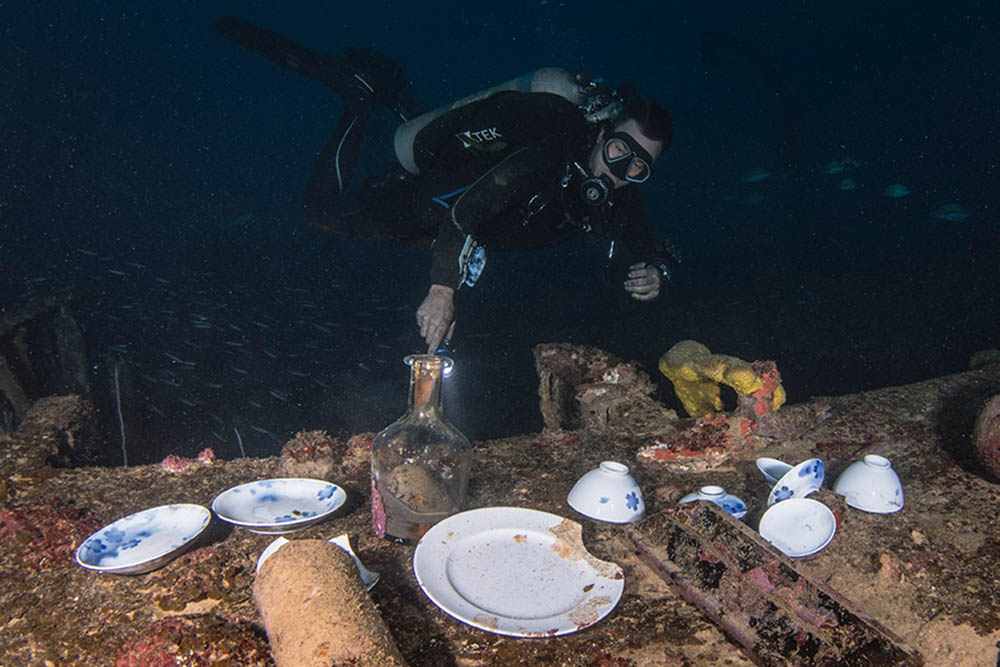The wrecks of Truk in standard diving depths are well-documented, but what if you’re lucky enough to be there in a technical capacity? BRANDI MUELLER reports.
Also read: Photographic expansion at Diving Talks
The mooring line became my only reference as I descended into the blue, until eventually the massive shadow of a ship appeared, but it seemed to terminate in a sheer wall below me. The stern section of the Aikoku Maru was to my front, but behind me was empty blue water.
On the first day of Operation Hailstone, 17 February, 1944, this ship was hit and fires started. These ignited ammunition stored in hold one, leading to a massive explosion, sinking the ship in less than two minutes and destroying the bow section.
The result was one of the highest death tolls of any single ship sunk during the battle – more than 900 men.
Operation Hailstone
Truk Lagoon (now Chuuk, a state in the independent Federated States of Micronesia) was under Japanese occupation before WW2 and one of the main Pacific bases for the Japanese Imperial Navy.
On 17 and 18 February, 1944, the USA launched Operation Hailstone, a massive air and surface attack that sank 12 warships and 32 merchant ships, and destroyed an estimated 250 aircraft (most of them still grounded).
Today many of the ships and several aircraft rest in recreational depths in warm Micronesian waters with little or no current, and are full of Japanese artefacts, making this underwater museum both easy and fantastic to visit.
The years have covered the ships in abundant soft and hard corals and they teem with marine life. Those such as the Fujikawa Maru and Shinkoku Maru are must-dive wrecks that have been photographed from every angle.
Most divers spend a week checking off the top wrecks, but for those with tech training the wrecks resting below 50m are rarely seen, and it’s worth the extra effort to spend a few minutes among such epic historical monuments.
Aikoku Maru

Swimming towards the stern under the giant king-post and mast that still stand, I came to the stern gun pointing skyward, still trying to fight off the air-raid.
Exploring behind the end of the ship I found the manual steering station, with the metal ring of the wheel resting in place and black coral growing around it.
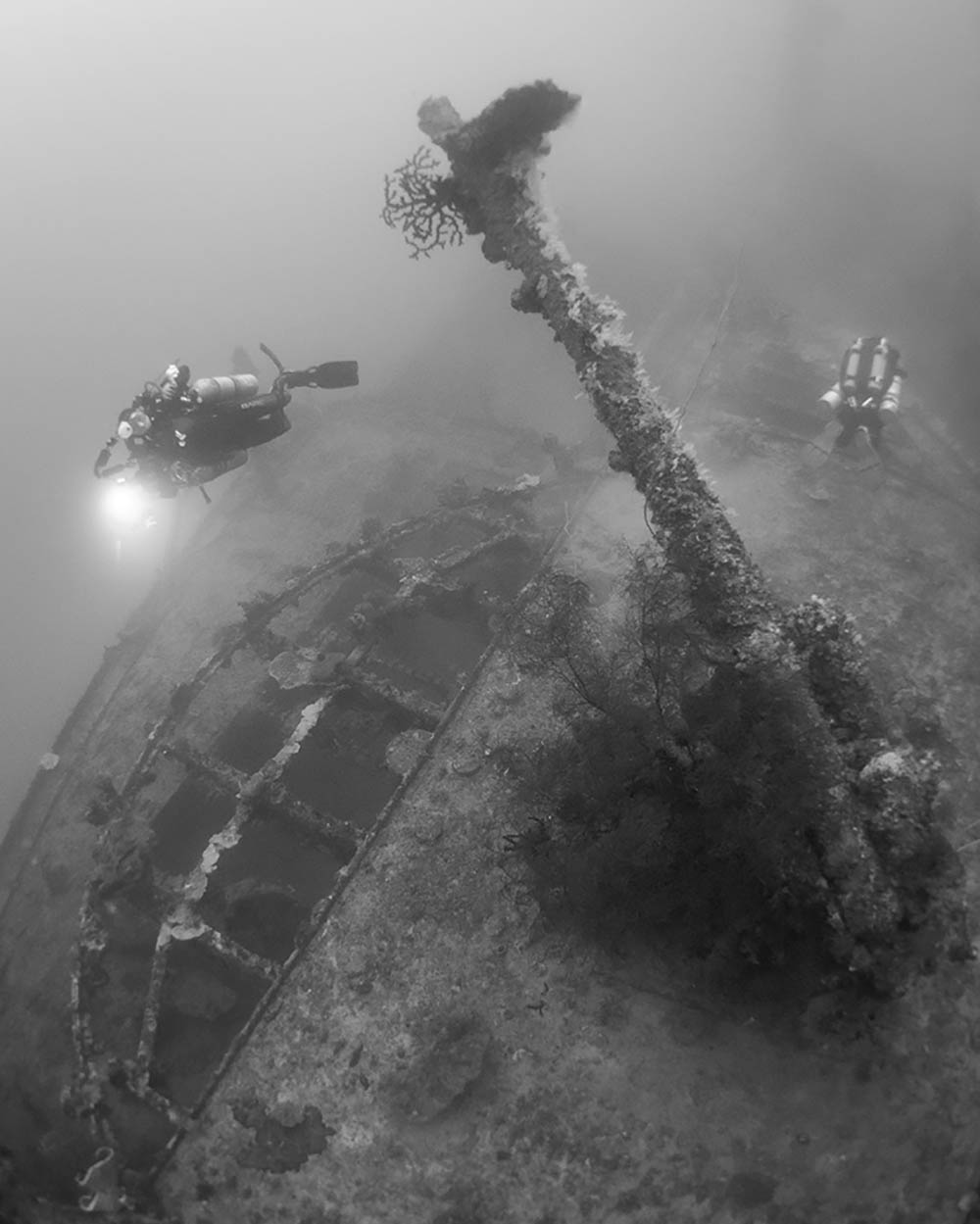
Looking over the end of the ship, I saw the unique “docking bridge” structure extending outward. Diving this ship always feels ominous.
Perhaps it’s the depth or the massive loss of life, but it seems more shadowy, and gives me goosebumps.
Seventy-five years under water have taken their toll. Entrances to the engine-room have become partly blocked as the structure has collapsed.
Some of the superstructure can still be accessed to see rooms containing items such as sinks and urinals. The ship was a crew-transport vessel, and hold four was partly converted into crew-quarters between deck spaces.
With limited time in which to explore, my computer was sounding an alert, I begrudgingly started back up, to spend more time hanging on the deco bar than I had on the wreck. That’s the price we pay to visit Truk’s deep wrecks.
Amagisan Maru

The Amagisan lies off the south-west of Uman Island in the 6th Fleet anchorage. One of my favourites, this massive 137m wreck sits with bow considerably shallower (29m deck, 42m sand) than the stern (52m deck, 58m sand). It has a port list of at least 45°.
I love descending onto this wreck from in front of the bow and having the mysterious ship come into focus. Visibility is usually quite good, allowing you to see the bow, the prominent 7.5cm deck-gun and the massive king-post beyond.
Starting a dive on the mooring line at midships leads directly to the superstructure.
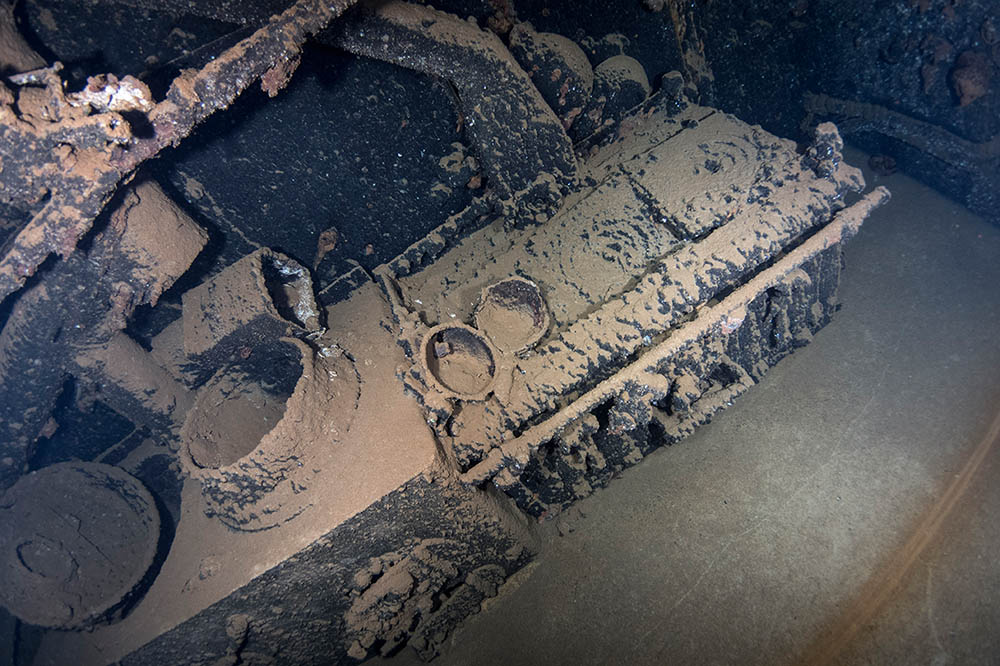
Exploring the interior can induce a bit of a “funhouse” effect thanks to the angle of the ship, and sometimes even a little vertigo, as my mind tries to adapt to swimming from side to side within but in reality on a diagonal. My bubbles ascend, but appear to go to the side.
Entering the first level through a door, you can go down a level within the floor to a radio-room, where the large boxy radio can be seen fallen to the port side. In most rooms piles of silt and many of the contents have slid to this side.
There are bathrooms, and rooms full of batteries. On the third level towards the stern is a galley area with a giant rice-cooker and stove.
On the starboard side a diver can swim through the massive torpedo hole of twisted metal and into a huge cargo hold.
There are remnants of several bicycles, and an officer’s car with the frame and wheels in the centre of the hold and the broken-off body slid down the port side, as if it has crashed headfirst into the side of the ship.
An Isuzu TX40 tanker truck sits in the sand with a derrick lying over it at 45m. The skylights to the engine-room are open.
I’ve had only a slight peek into it, and found it excessively silty. Again, the angle of the ship makes it very disorientating.
I made my way to the stern recently and was disappointed to find that the stern gun, always an iconic photo-opportunity, had fallen down. This massive ship has so much to explore that I can never wait to return for more.
Fujisan Maru

It’s hard not to say “my favourite” for every ship in the lagoon, but the first time I visited this oil-tanker I was blown away by its size (it’s 150m long) and how intact it is. It sits upright at 45°, its shallowest point at 37m and 60m in the sand.
A shallower tanker, the Shinkoku Maru, is a divers’ favourite because of an epic engine-room and dense covering of anemones and soft corals.
Although not a sister-ship, Fujisan has a similar design but hardly any marine growth. It gave me one of those ah-ha! moments, through which I could now make sense of the Shinkoku’s structure.
The pipe-bridge catwalk on the Shinkoku is so coral-covered that you can’t really make it out, while on the Fujisan you can see the pipes, knobs, attachment points, and fuel-tank hatches used to move oil in and out of the ship.
There are also paravanes used in minesweeping mounted on the deck.
The superstructure is mostly intact, with many rooms to explore, although I haven’t had time to do it justice.
A unique dome-like structure about 3m high sits above the engine-room, but no one has any idea what it is.

I was photographing the bow on one dive when I glimpsed a red fish from the corner of my eye. Looking closer (but also contemplating my narcosis) it resembled a longnose hawkfish, a favourite but a fish I rarely see in Chuuk.
Further inspection showed several swimming around the telegraph. Narcosis aside, the photos revealed at least five.
The Fujisan arrived the day before the battle started. Photographed at the Dublon fuel pier on 17 February, she is thought to have got underway in a bid to escape before being hit in North Pass.
Turning back into the lagoon, she was hit again the next day, and sank to the south-east of Weno island.
Nagano Maru
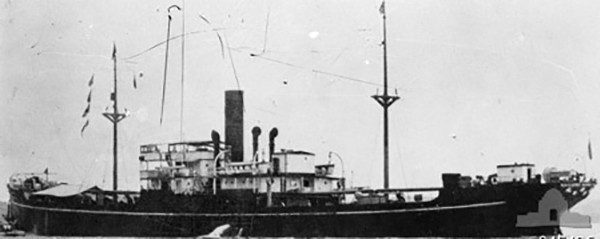
Another ship that returned to Truk just in time for the battle was the 105m Nagano Maru freighter. I had seen other divers’ images of a Nissan 2×4 truck with glass windows still intact and couldn’t wait to see it, so that was where I headed first.
Sitting on the port side facing the stern, the truck is parked as if you could hop in and drive it away. The frame of another truck sits on its side, with a bulldozer and other machinery.
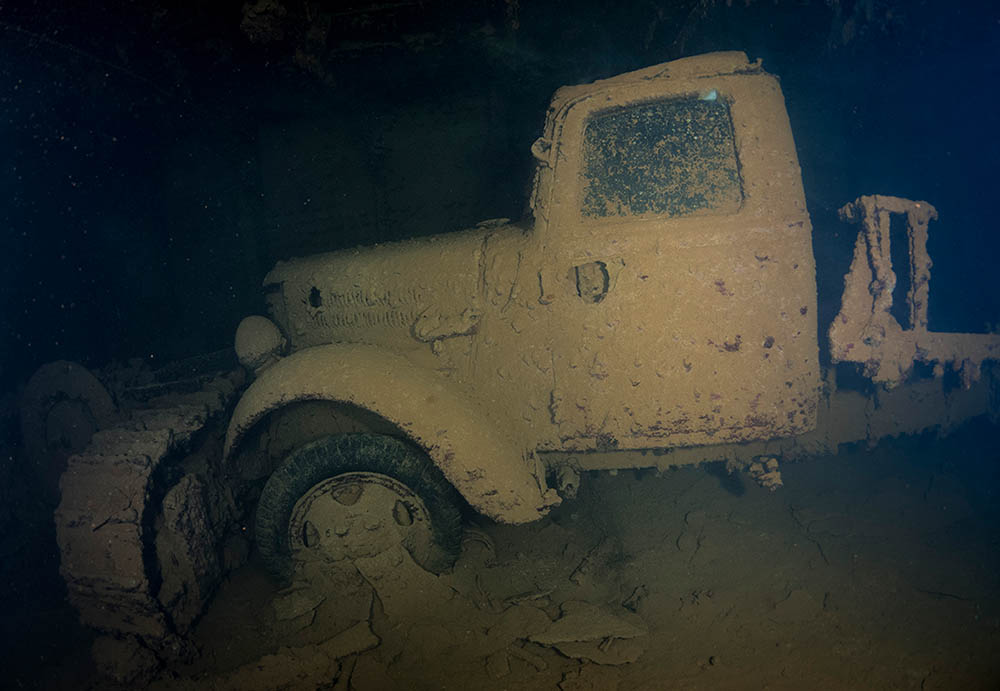
Swimming to the stern along the port side, three giant cooking kettles remind me how much cooking had to be done (or how much rice it takes) to feed a navy.
The ship is upright with a 20° port list, and depths were from 48-64m in the sand.
I had been told how amazing it was to swim around this wreck because a lot of the superstructure was timber and the beams allowed for easy access and swim-throughs, but sadly when we visited last year many beams had collapsed, with the decks essentially pancaked.
Some sections were still accessible, including the superstructure, where I found tons of beer-bottles.
IJN Oite
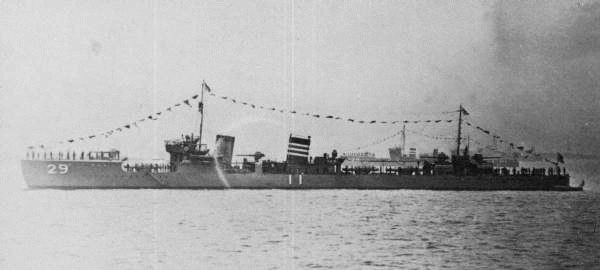
There are only two Japanese destroyers in the lagoon, the Fumitzuki (28-40m) and the Oite (54-62m). The Kamikaze-class Oite had left Truk on 15 February, escorting the light cruiser Agano, which was sunk by a US submarine the following day. Oite took on the survivors and was ordered to return to Truk.
She entered North Pass on the second day of the attack, and the captain was asked why she was entering the lagoon – he said he was following orders. He was ordered back towards Saipan but the ship was already under attack, and reportedly was hit amidships and blown in half.
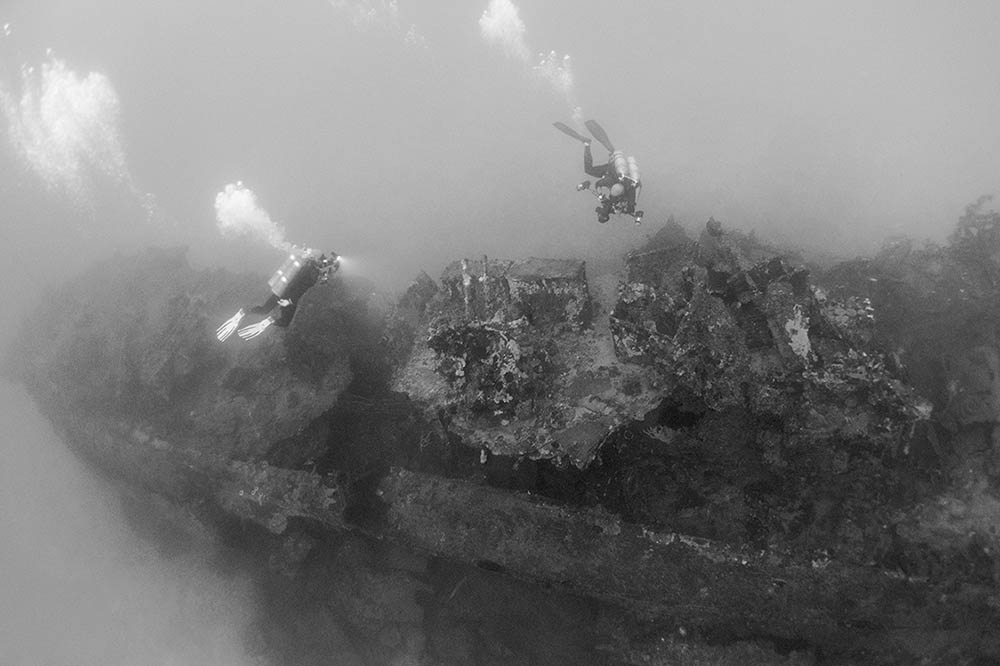
Reports don’t tally, but more than 400 men had probably been transferred from the Agano to join the Oite’s complement of some 148. All but about 20 were killed.
The bow is upside-down, and about 12m away the stern section sits upright almost perpendicular to it. A large hole was cut into the wreck to access the interior and repatriate soldier’s remains to Japan, but many are still in the ship.
The destroyers are markedly different to dive than the merchant ships. Much smaller, they were built for speed, not comfort. The Oite could reach 37 knots.
Underwater penetrations are difficult and not advisable. Several anti-aircraft guns remain in place, and there is a very interesting depth-charge loading stand or ready rack with depth-charges still within.
On the stern you can see depth-charge roll-off racks on either side.
Shotan Maru

The captain is thought to have tried to run the Shotan aground after she was hit.
The upright 87m wreck sits between 36 and 50m close to Fanamu Island, and is a lovely dive. It has more marine life than most of the other deep wrecks, and divers are usually greeted by gangs of trevally hunting tiny fish living around the mast.

The wreck is covered in pink seafans and the mast is coated in a sponge that’s bright red when you shine a light on it.
It’s possible to swim into the forecastle and access the holds. In hold two there are bags of cement and fuel-drums. This ship burned, so many of the interior sections are very silty. The stern is photogenic.
Many railings are intact, and a 7.5cm stern gun points off into the distance. You can still see a manual steering station at the stern, with the metal ring of the wheel.
Maru
Non-technical divers often dive this wreck at the end of their trip, having progressively dived deeper wrecks throughout the week, and make a quick 10-12 minute dive to the deck at 50m.
San Francisco
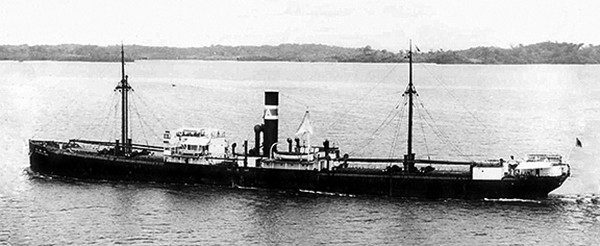
The descent is spectacular. You follow one of several mooring-lines into the blue, but the ship doesn’t come into sight for what can seem forever. You just go down, down, down into the blue. The first sign of the upright ship is the forward mast at 30m. On good days you can make out the deck, 20m further down.
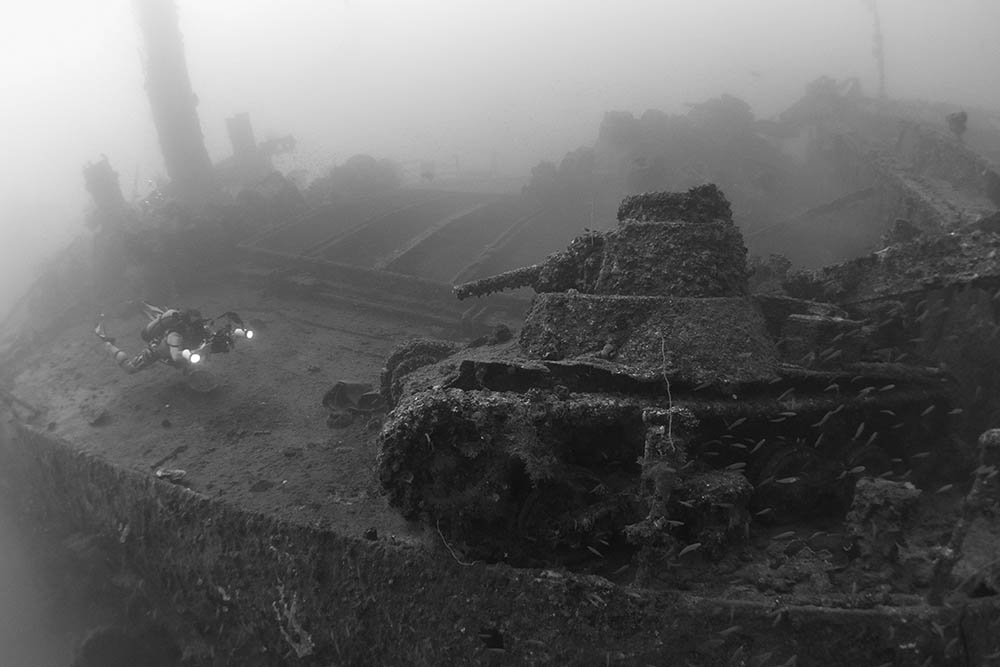
I usually head straight for the three Japanese Type 95 Ha-Go light tanks, their barrels intact. Two sit, one atop the other, on the starboard side just forward of what’s left of the superstructure, and another is on the port side.
The rest of the ship is packed solid with high explosives. It’s a miracle that none of the bombs hit the holds, which would probably have set off a chain reaction and obliterated the ship. Hold one is stacked with hemispherical land-mines and, dropping below, it’s possible to swim from hold one into two at about 54m.
Looking up you see two large Isuzu Type 94 trucks that have some sort of pressure-crushed tank on the back. They might be fire-trucks. Back in the starboard corner are aerial bombs, and in both holds you can see depth-charges, crates of detonators and boxes of cordite.
The third hold has mountains of bullets, many still in wooden boxes, and hold four has torpedoes, depth-charges and more ammunition.
On the stern is a lantern-storage room, but most of the lights have been removed. For those looking to touch the sand, a steam roller was blown off the deck and sits in the sand off the port side in 64m.
This is not a complete list of the deep wrecks. I still have to visit the Hokuyo Maru (45-60m), Reiyo Maru (51-67m), the deepest in the lagoon, the Katsuragisan Maru (51-68m), and others
Visiting the deeper wrecks of Truk is worth the effort, particularly for those who are tech-trained and have seen the shallower ships.
Few have glimpsed these Japanese ships frozen in time, and even with multiple tanks or rebreathers you get only a few precious minutes to explore.
These wrecks have been under water for 75 years and have many potential hazards, particularly when penetrating. Many are beginning to collapse and the interior spaces have many entanglement hazards, so divers need to stay within the limits of their training.
I always want to stay longer, see more, just look in one more room before going back up – but spending extra minutes at those depths require a payment in terms of extended deco times before returning to the surface.
At the end of each dive I want to go back and spend more time exploring these wrecks.
FACTFILE
GETTING THERE> Only two operators fly into Chuuk (TKK). United has daily flights from Guam and Air Nugini flies from Port Moresby, PNG once a week. From the UK most divers will connect through Manila, Hong Kong, or Tokyo to Guam.
DIVING & ACCOMMODATION> Odyssey Adventures, truk odyssey.
WHEN TO GO> Year round. October-April tends to have slightly better visibility because of cooler water (27°C) but it is windier. May-September is calmer but is also the rainy season. Water temperature is a degree higher.
HEALTH> There is no malaria, but mosquito-borne viruses such as dengue have occurred. Weno has a recompression chamber.
MONEY> US dollar.
PRICES> Return flights from UK from £2600. Seven-night liveaboard charters on Truk Odyssey cost £2715 plus 5% tax (two sharing). Divers need to buy an annual $50 dive permit.
VISITOR Information> visit micronesia
FURTHER READING> World War II Wrecks of the Truk Lagoon, by Dan Bailey.
